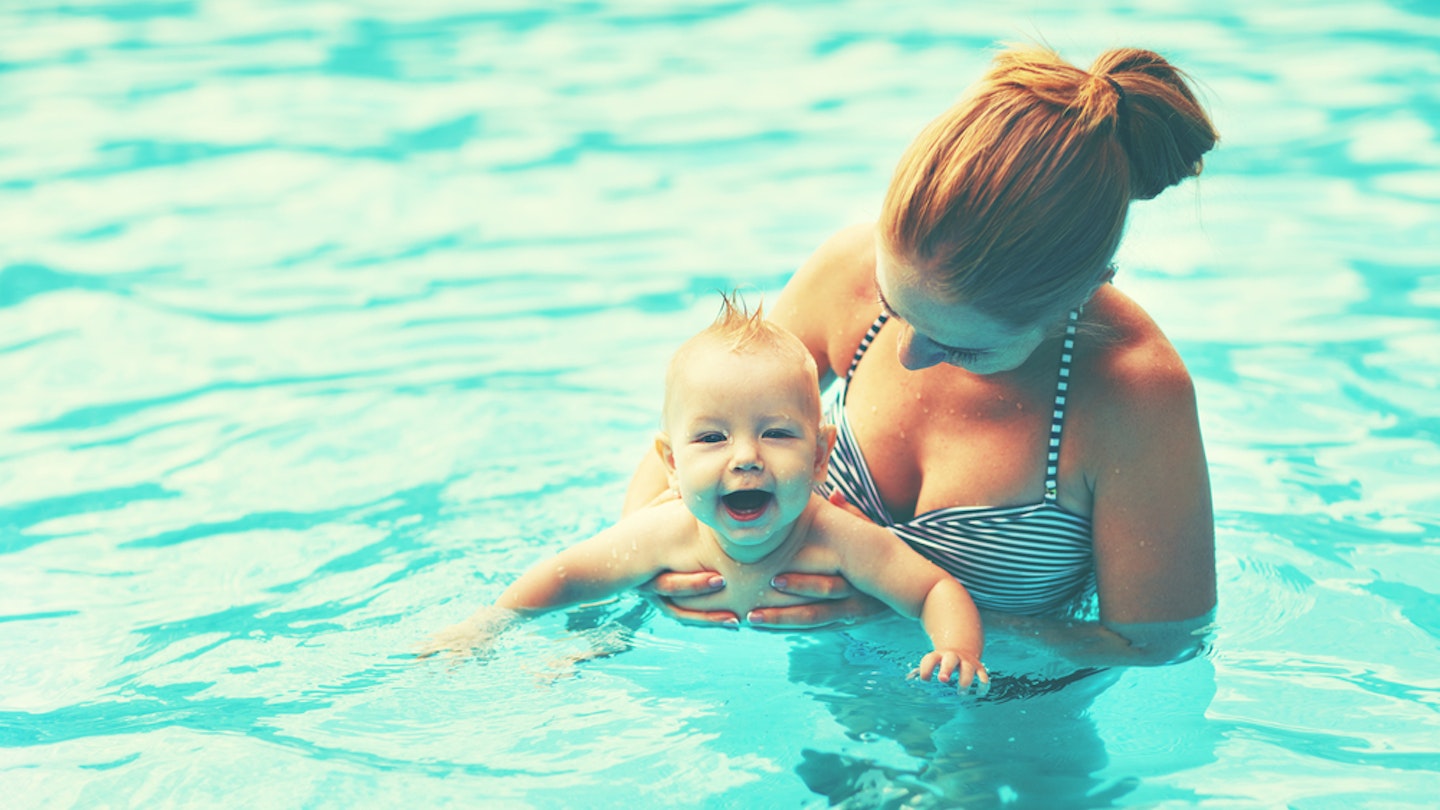As you probably know already, drowning is the process by which water enters the lungs, causing difficulties breathing and eventually - if not stopped - death.
However, secondary and dry drowning can happen up to 24 hours after being submerged in water.
As horrifying as the thought might be, it’s always important to educate yourself about any risks to your children - so we’ve summed up everything you need to know here.
What is secondary drowning and dry drowning?
According to Dr Philippa Kaye, a GP, mother-of-three and expert in child development, young people, pregnancy and women’s health, both secondary and dry drowning lead to difficulties breathing.
Drowning doesn’t need to occur in deep water such as a sea or a swimming pool - it can even occur in small amounts of water such as a pond, bath or even a bucket.
“Dry drowning is as the name describes,” she says. “No water enters the lungs. Instead, the act of breathing in the water causes the upper airways and vocal cords to spasm and close, so no air can enter the lungs, so symptoms develop straight away after any event in the water.
“Secondary drowning does involve breathing in water: here, the airways open up instead of closing off and there is a build up of fluid in the lungs. In secondary drowning, symptoms do not occur straight after an incident in the water, but tend to occur at least an hour afterwards, and up to 24 hours afterwards.”
How does secondary and dry drowning happen?
Drowning doesn’t need to occur in deep water such as a sea or a swimming pool - it can even occur in small amounts of water such as a pond, bath or even a bucket.
“As parents, we watch our children when they are in the water, but it’s important to be aware of secondary and dry drowning,” Dr Kaye says.
“This can occur after having an incident in the water where your child may have inhaled water - for example while playing around when they are in the water - and have come up coughing and spluttering.”
How common are secondary and dry drowning?
While the thought of these occurrences are terrifying, they do not happen frequently.
“Thankfully, both dry and secondary drowning are extremely rare,” says Dr Kaye. “They make up approximately 1-2% of all drownings, which are in themselves rare.”
What are the symptoms?
Both dry and secondary drowning have the same symptoms, according to Dr Kaye, which can include:
-
Coughing: persistent coughing is a sign something isn’t right and you need to contact your GP
-
Shortness of breath: Rapid shallow breathing, nostrl flaring or seeing gaps between your childs ribs means breathing is hard work. You should seek medical help immediately.
-
Chest pain or tightness
-
Vomiting: This is a sign of stress from the body as a result from the lack of oxygen.
-
Blue lips
-
A change in behaviour: Such as forgetfullness, tiredness or irritability – all of these could signs that the brain is not getting enough oxygen. Do not let your child go to sleep before you have got the all clear from your doctor.
What should you do if you suspect it?
When it comes to cases like these, it’s always better to be safe than sorry.
“Although most cases are mild and resolve on their own, it’s important to seek medical help if you have any concerns,” says Dr Kaye.
“If your child has been mucking about in the water and has had an incident where they may have inhaled some water, do get them checked out by a doctor.”
What’s the treatment for secondary and dry drowning?
The treatment for both secondary and dry drowning varies depending on the severity of the case.
“If treatment is needed, this will be in the form of supportive treatment with oxygen,” says Dr Kaye.
“If the breathing difficulties are severe, a child may need to be intubated (have a breathing tube inserted) as they recover.”
How can you prevent it?
Prevention is always better than cure, so make sure you are aware of the risks and symptoms before allowing your child to play in water.
“Always watch your child closely when they are in or around water,” says Dr Kaye. “If you are swimming in a pool or at the beach, only swim when a lifeguard is present.
“If you have a pool, or are staying somewhere with a pool, make sure it is gated and locked so your child can’t access the pool without you.
“Your instinct may be to avoid all water altogether with your child but teaching them water safety and to swim may help prevent accidents in the future – and also, playing in the water is fun!”
Dr Kaye’s book The First Five Years is out now. (£12.99, White Ladder Press)
